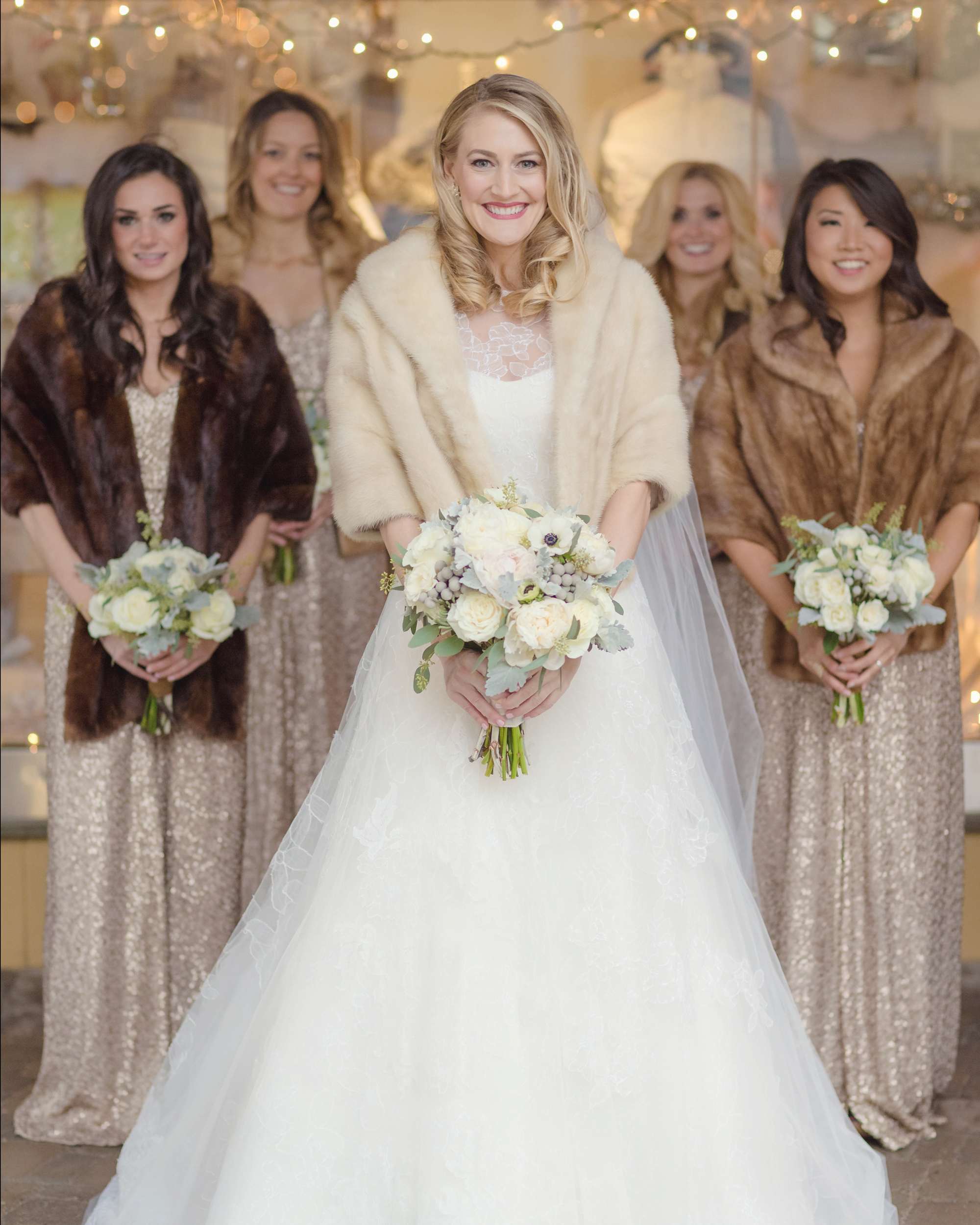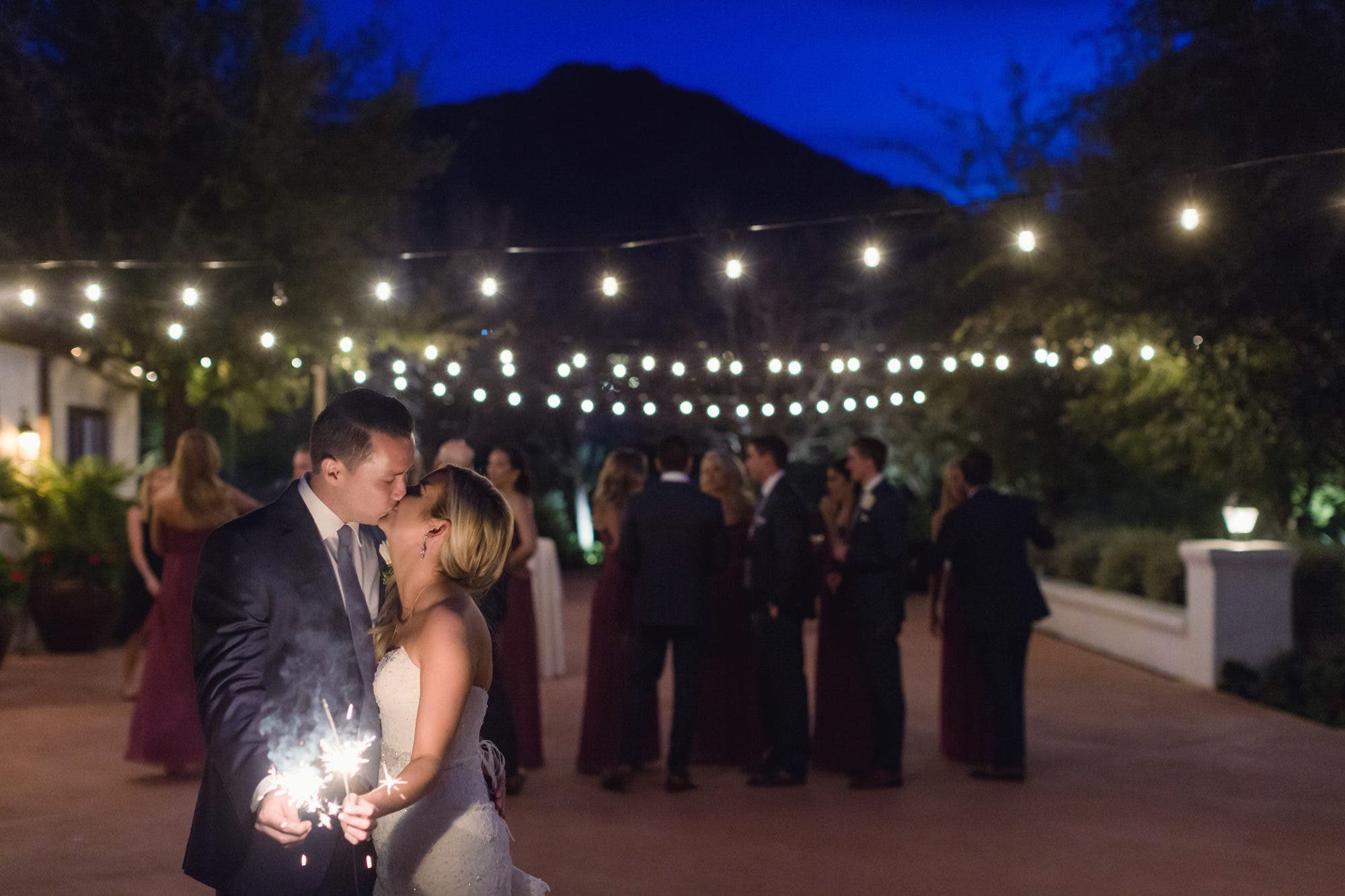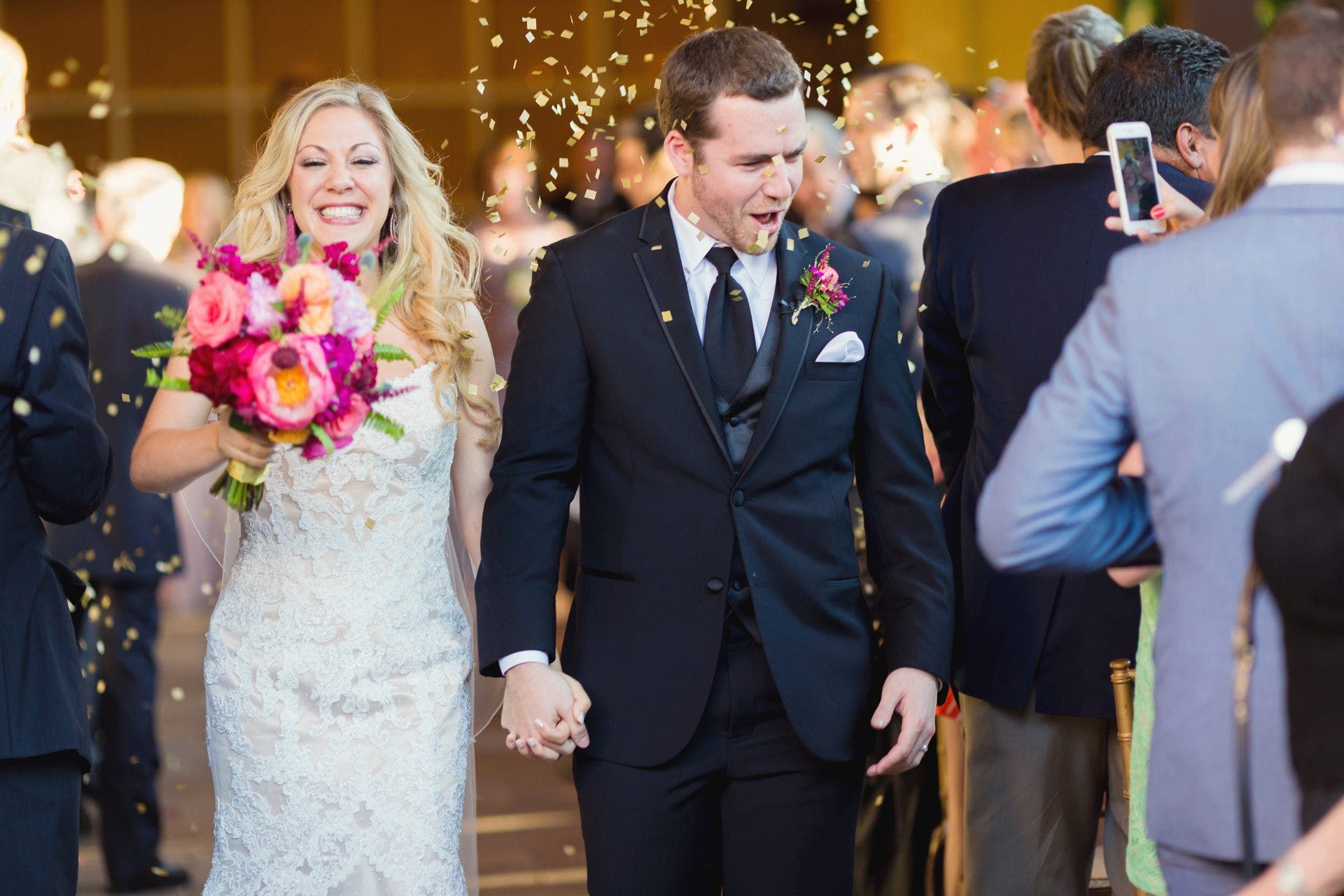Pricing and packing is where I see a huge majority of photographers stumble. Typically, they fumble around guessing what they should charge and usually end up charging something they think is a lot, only to discover later that it’s not even enough to pay the bills. You are going to read this article. You’re going to apply it to your business. You will not be a starving artist.

To top it off, most newbie photographers likely piss off other established photographers in the area because they’re undercutting the industry. They are, sort of. Probably not intentionally. Realistically, when you first start out, the work isn’t good enough to be worth much more than where you likely started. You do have to provide a service, product, and experience that is worth what you’re charging.
Just so we’re clear on my expertise in pricing, last year my clients invested $6,821 – $18,482 with me, with an average spending of $11,379.15 – in an area where the average price paid for a photographer is $4,000-$5,500.

Don’t mistake my rattling off my prices as saying that you should be charging that much. I’m not. When you’re creating pricing and packaging, how high the number is doesn’t actually matter. That’s like saying money solves financial problems. It doesn’t. Mismanaging money can happen with $10 or $1,000,000.
Understanding the basics of creating pricing and packaging doesn’t actually start with numbers. It starts with psychology and logic. First, you have to understand why people spend money, in particular why they will or will not spend money on your photography. Prospective clients will be deciding on if they want your photography based on two things: what kind of product you give, and how they feel.
Think about it. Americans are notoriously in debt. We buy cars and houses we can’t afford. We go out to eat even though we need to save money and cook at home. Why? Because of how it makes us feel. Don’t believe me? Look at any good marketing campaign out there. All of them will be trying to make you feel something, not necessarily selling you their product.

I’m not belittling this to saying that we buy things solely based on how we feel. However, there is a stronger side of our brains that thinks about the feeling part of buying rather than the logical thinking part of buying. We buy based on loyalty, prestige, experience, convenience – all things that affect how we feel. We also make decisions based on logical thinking like product, price, quantity, and quality. Selling is about determining your worth and then convincing other people of the same.
Check out this episode of Breathe Your Passion to see some quick tips on creating pricing and packaging:






